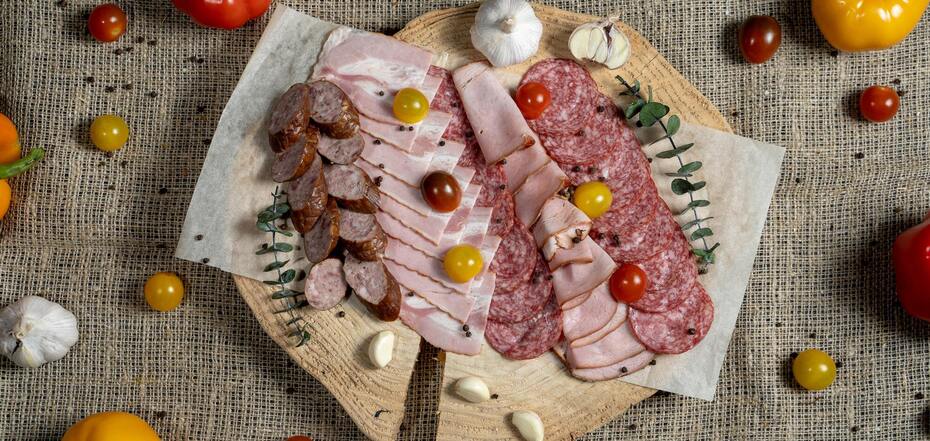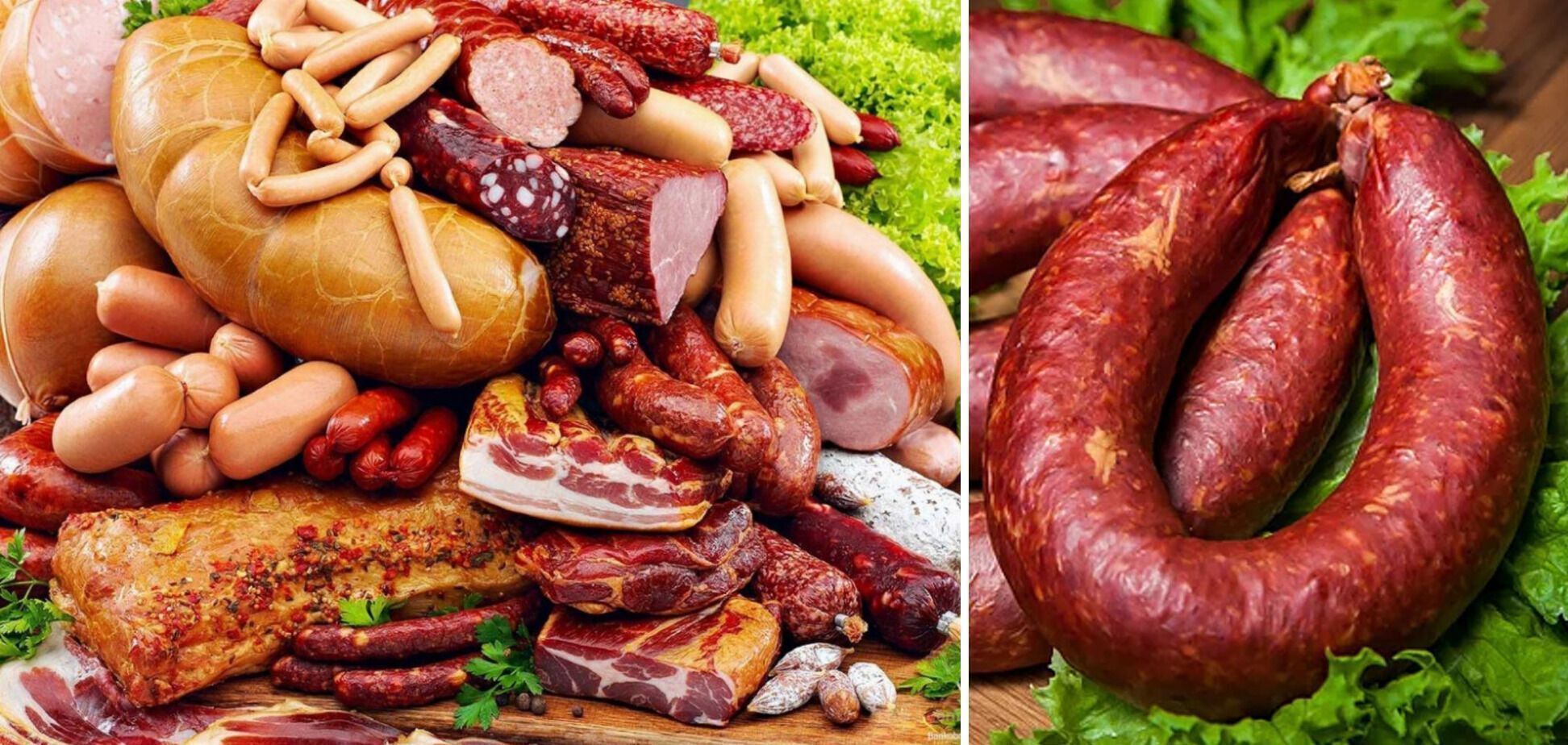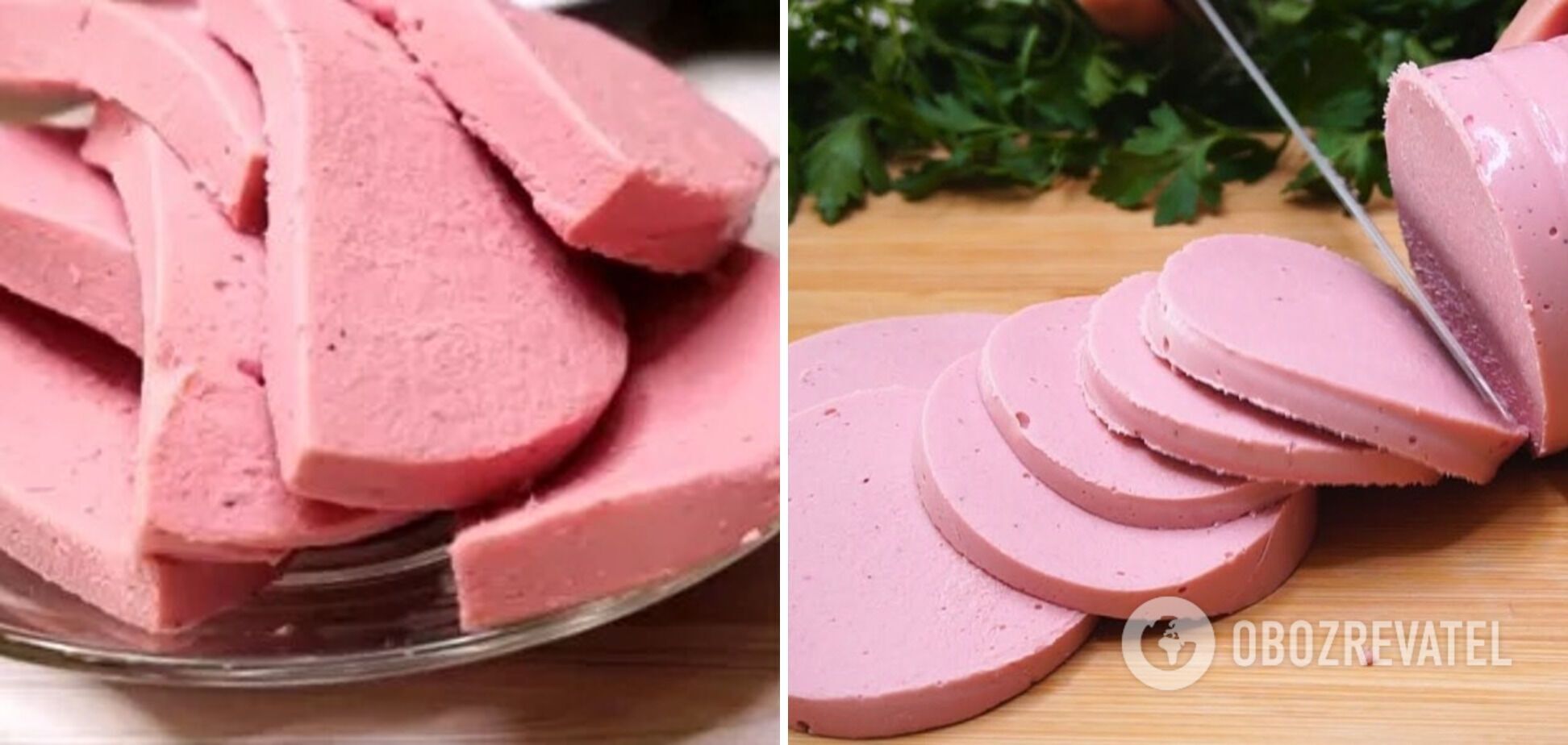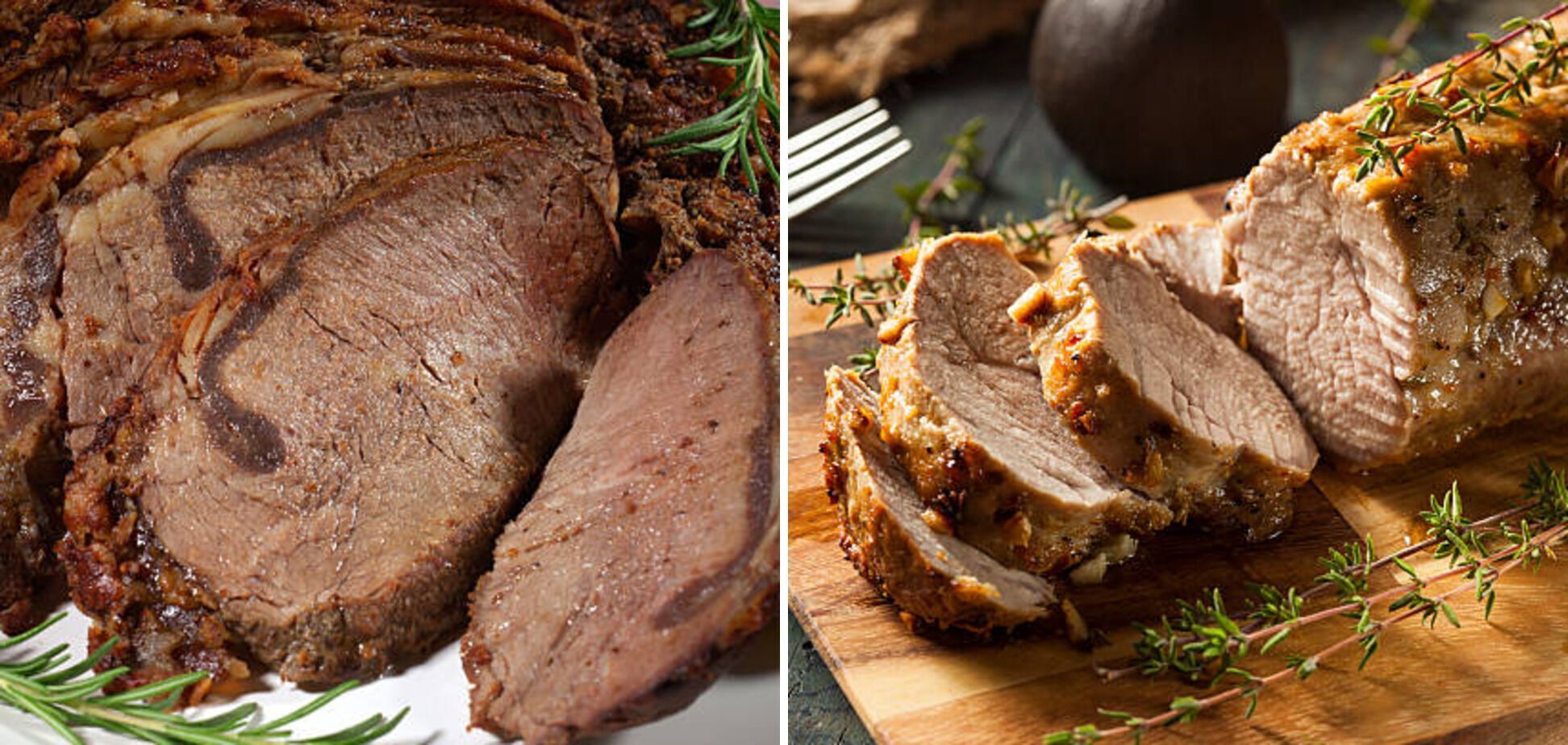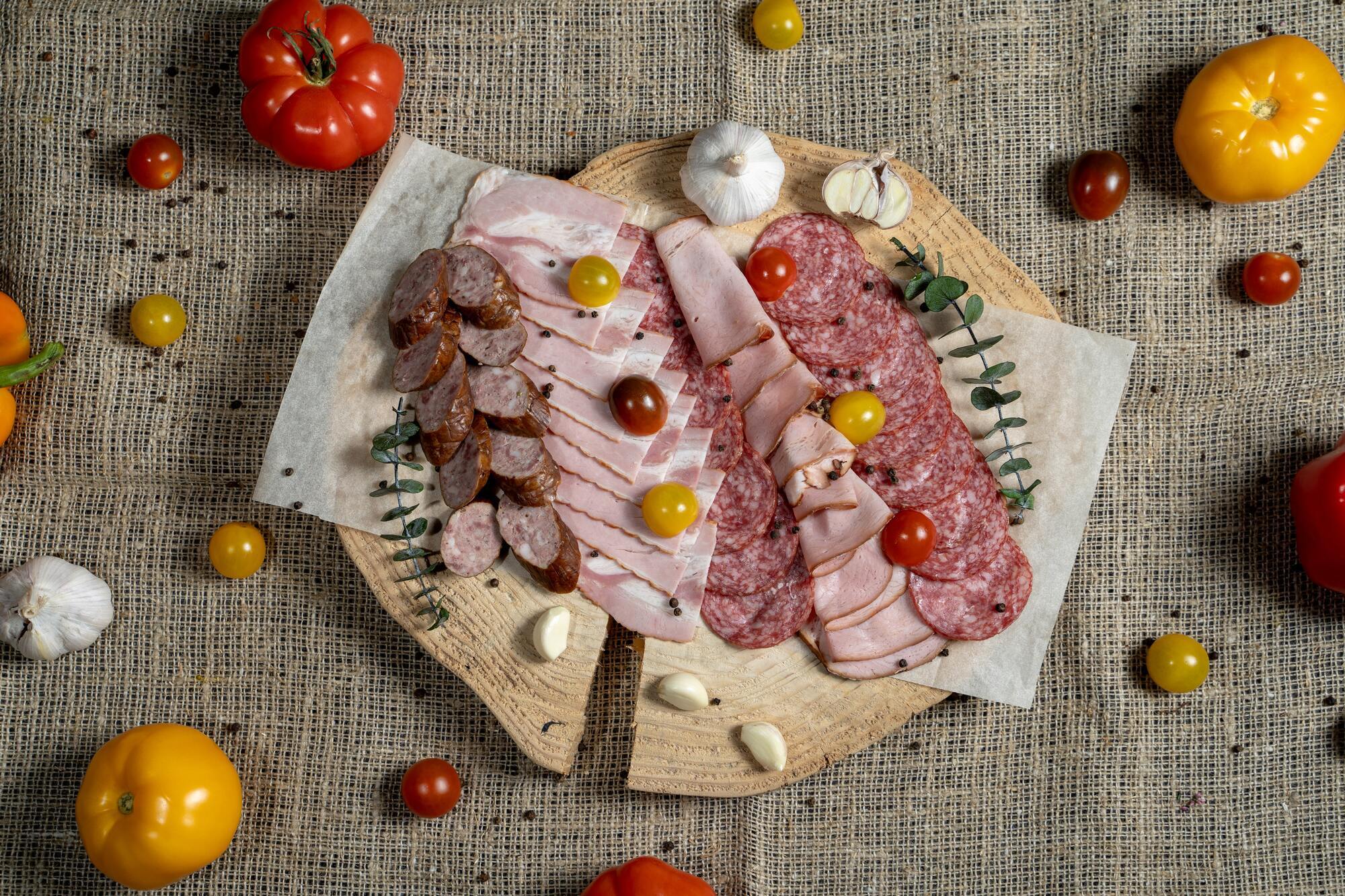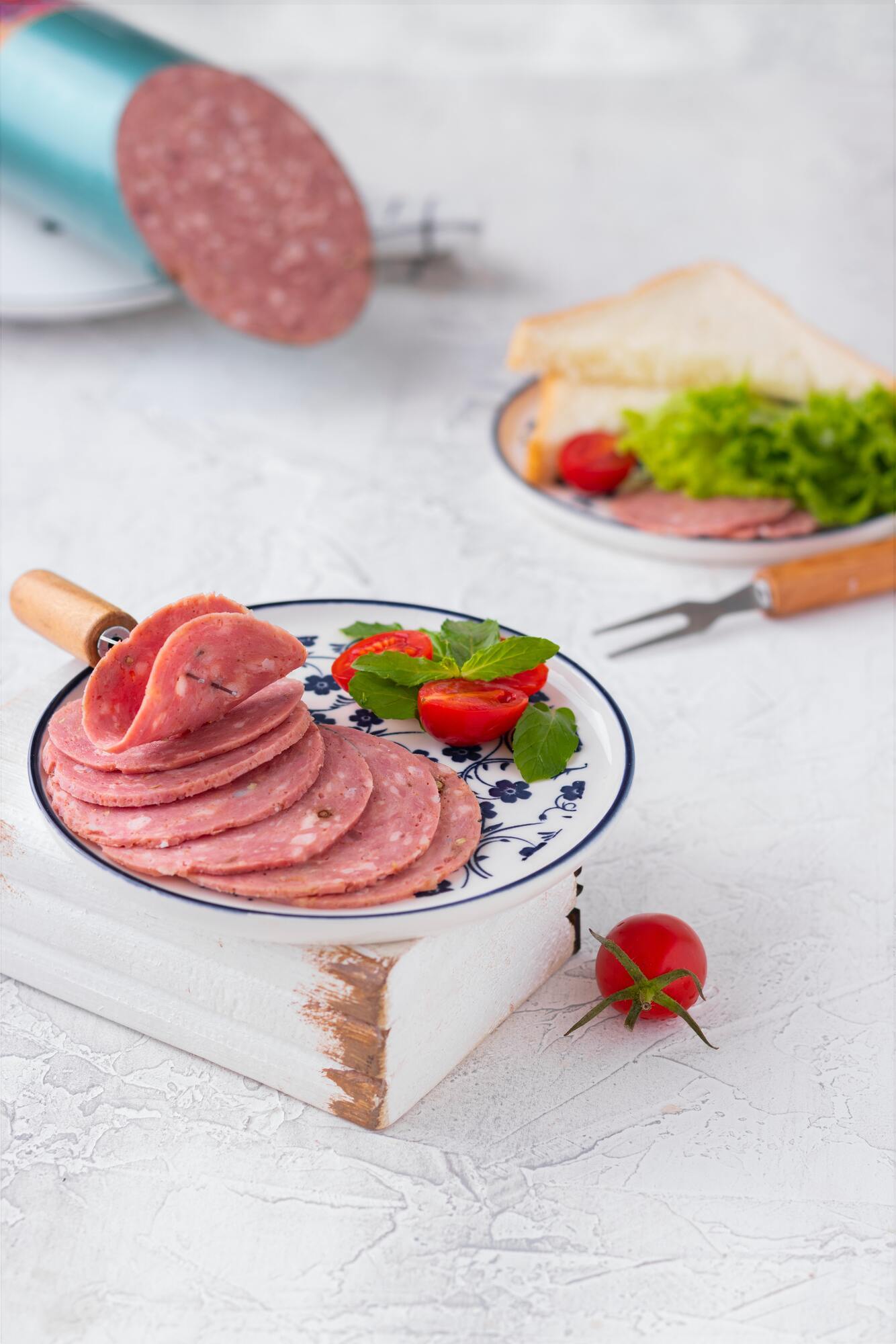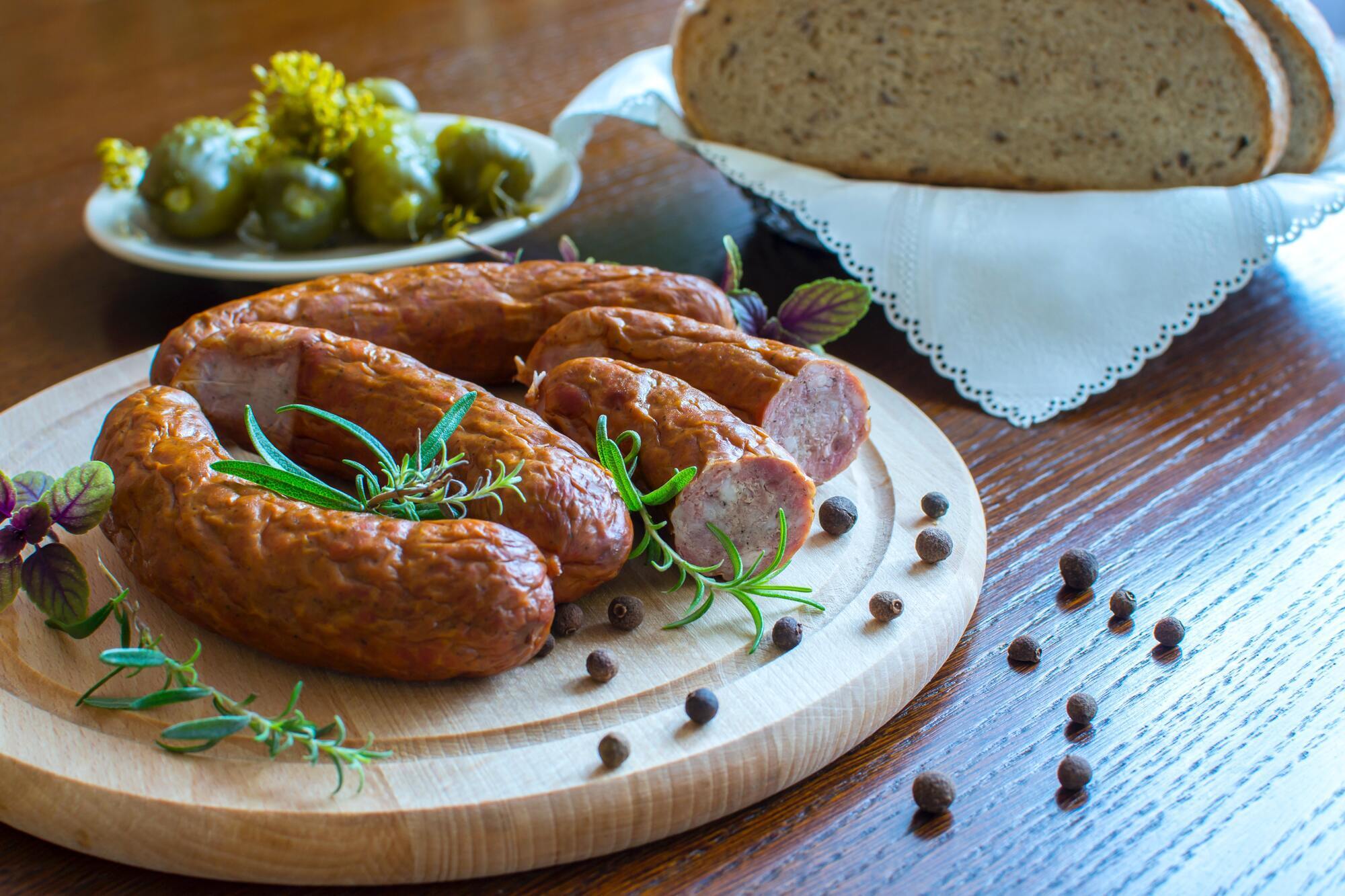Food
These substances turn sausage into "poison": the most dangerous food additives are named
Almost everyone loves and buys meat products, especially sausages, frankfurters and ham. But very often, manufacturers use chemicals and various additives that can be very dangerous to health, in addition to low-quality meat.
The FoodOboz editorial team shares useful tips on what to look for when choosing meat products to avoid buying a product with chemicals. The information was published in the Deccoria magazine.
How to recognise sausage with chemicals
1. Liquid
After a few days of storage in the refrigerator, water will leak out of the sausage with chemicals. The sausage will then become covered with a jelly-like slime and will have an unpleasant odour!
2. How manufacturers improve the appearance of sausage
Structure:
To make the sausage elastic, manufacturers add a special type of glue that holds the water inside the sausage together. In addition to glue, it contains starch, seaweed proteins and tropical plant preparations. These substances are very cheap and, unfortunately, quickly undergo a fermentation process.
Colour:
Very often, sausage is coloured with a dye or a pudding-like emulsion made from animal skins. Another colouring agent widely used in the meat industry is cochenille. Produced from the abdomen of female aphids that feed on cacti, it colours meat red.
3. How to improve the taste of meat with the help of chemistry
To enhance the flavour of meat, artificial meat or bacon flavours are added. Manufacturers also add monosodium glutamate, which not only improves the taste but also increases appetite. The effect of monosodium glutamate on the human body is not fully understood, but it is known that consuming it in large quantities is harmful.
4. Artificial smoking
In order for the sausage to have an accepted flavour that resembles wood smoke in smell, colour and taste, scientists have created an artificial flavour that closely resembles smoke. It is this aroma that is sprayed onto the suspended pieces of meat during the production process.
Such meat is also syringed, soaked in brine and varnished. Trade inspectors warn that this practice can be dangerous to consumers' health, as artificially smoked meat contains dangerously high concentrations of polyphosphates. An excess of these substances causes bone underdevelopment in children and osteoporosis in the elderly.
5. What is hidden behind the mysterious E...
When choosing sausage products, be sure to pay attention to the composition, especially the E symbol.
It's worth noting that, for example, E250 is a sodium nitrite that preserves meat. It is a carcinogenic substance. In some countries, it has been completely withdrawn from use. It should not be consumed by children under 6 months of age and people with hypertension.
E120 is a carminic acid that acts as a colouring agent that gives meat its beautiful pink colour. It is obtained from ground insects. Carminic acid preserves meat and gives it a red colour.
E425 - Conjugated gum. Consumption in large quantities causes diarrhoea and abdominal pain.
E407 is a carrageenan that acts as a stabiliser and thickener. It is made from seaweed. It is potentially harmful. It can cause enteritis, ulcers, tumours and even cancer.
E621 - monosodium glutamate. This flavour enhancer can cause allergies and obesity.
How to recognise harmful meat products:
- It has a perfect gloss - it shines unnaturally when cut.
- Water leaks from it - after a few days in the fridge or unpacking from foil, water leaks from the sausage.
- It has a pungent smell - instead of smoked meat, we smell a chemical, sour-salty smell.
What a high-quality, safe product looks like:
- It does not drip water.
- It is small, twisted and smoky.
- The price is more expensive than in the supermarket.
- It does not shine!
Earlier, OBOZREVATEL reported how to choose the right pork without chemicals for a barbecue.


